|
My plan is to keep working to produce a series of works. The best to be then chosen for the show. This I think also depends on the space I end up with. It is rather like the chicken and egg scenario… which should come first.
I am currently working on large triangles whilst continuing to amend the tonal series. One painting in particular seems reluctant to work as the other two do. I am also working on a 1m squared board. This way I stop obsessing and in theory have a dry surface to work on. Ha! I seem to be forever waiting for paint to dry. I think it is because I am using extender which may be unnecessary. I went into B & Q and bought a large tin of water-based primer which has proven a good mixer. Also, when dry it buffs up to a lovely smooth surface. The extender makes everything tacky until bone dry. I need to acquire bucket loads of patience.
0 Comments
The exhibition was dismantled over the weekend. Monday 24th we had a meeting with the External Examiner. It was explained that he was coming to test the systems and processes in place at ECA to ensure fairness in the marking system. We had supplied an A4 sheet with image and written explanation which he appeared to have memorised! He could relate the content quite the thing. We were taken in groups of 4 though I was one of a group of 3 along with George and Violetta. It was a friendly and painless 20 minutes. The examiner dealing with BA painters was Simon Granger from Norwich. Interestingly he had not heard the term sea glass before… One of the interesting things that came from his conversations with others was the question as to how much support came from other departments in terms of painting student's work… a lot of film-making for example. Also Suzi Sutton has a direct influence from Architecture so was there collaborative teaching at all? I wonder where this might lead. Andrew helped me dismantle and re-instate. The whole space took on an aqua tint! Looked busy and creative though. Lots still to be done in not so many weeks. A count of just how many weeks were left until we had to get sorted for exhibiting in the degree show came to some 9.
Andrea Chambers and I did a walk through the E corridor and F landings to have a look at the studio spaces up for grabs. Even though I know the studios really well now, each year they look so different and I had a job recognising the studio I was in last year. I was looking for good clean smooth walls and a good direct light source as I think for the tonal paintings, this would show them at their best. E01, E06 and E14 were favourable. The F studios had great light but not such good wall space. E01 and E14 would take 3 students. E06, 4. F7 and F8 would also take 3. I also considered the corridor that leads to E01. There are some interesting bays and there are smooth walls. I would have the corridor to myself which may not be a bad thing. However, the corridor is very narrow and the larger pieces may not fare too well. Lots of things to think about and lots to discuss with John when I next see him. The exhibition went really well. There were sufficient numbers at the opening to make it busy and chatty. The tutors who came in support of us had good things to say. Unfortunately, my tutor was in Berlin over the exhibition. I took lots of photographs however and will create a book to present the collaboration for professional practice.
Along with Sophie Hopkinson, Robyn Paul and Amy Firth, I am exhibiting under the title 'Translation'. There has been much communication around dates etc but the event is running from Saturday 15th to Sunday 23rd February. On Monday 17th, 5 - 7 pm, there is to be an official opening. The corridor connects the old ECA building with Hunter Building. It has interesting insets and a sort of cubicle. Sophie works with wallpaper, Amy makes atmospheric drawings and Robyn makes huge visceral paintings. It will be an interesting dialogue between the different components. Here is the space unused. Saturday was spent setting up. Things got busy as we had to wait for the chap to take down his work before we could set up. I arrived first and found a full family, which included two small children busy dismantling and packing away.
As ever, it took longer than initially expected to get things up and that was with a load of co-operation and cheerful collaboration! One of Sophie's works leaked glue once up on the wall so it had to be swiftly taken down and allowed to dry. Fortunately it has until Monday to do so. Sophie's parents arrived late morning and luckily for us all, but more so Sophie he was a dab hand with the screwdriver and managed to make safe the brackets required for her very heavy pieces. My efforts, and they were efforts given the nature of the walls, proved unreliable even with a power screwdriver and pretty decent screws. I think we were all happy with the work. The neutral tones of Amy and Sophie's works help connect the quite dominant blues of mine and the heavy presence of Robyn's. There is a sense of flow between the works through the repeats of pattern in my paintings, Sophie's wallpaper folds and the geometrics in both Robyn's paintings and Amy's drawings. I think we have used the space well and have not over-filled it, though I do wonder about the inclusion of a trio of mine which links to Amy's small drawings. They may be surplus but on the other hand they do visually also connect with the larger paintings further up the corridor. Robyn and Amy were to buy wine and beers for the Monday afternoon and Amy had offered to print off an exhibition plan and list of works. We just hope that the evening will be well attended. Given that it is Innovative Learning week, we may actually attract a different crowd from those at ECA on courses/workshops this week. Aquamarine colours, playing with layers of paint and varnish. Keeping things simple and honest. Repeating patterns. I used one sided card to explore the interaction of triangle and circle with repeats of patterns I found in the glass cuts. The next step was to work on board. I chose ply as it is much lighter than MDF and when varnished has a warm quality. With the success of a series of three triangles acting as equivalents for a larger piece based on cut glass, I did a retrospective drawing on qualities of 'Boomerang' which are shown below. Flushed with success I aim to create a triptych focussing on pattern, areas of calm and exposed wood.
It took a couple of weeks to settle into work in the studio. I have come to the opinion that reviews are awful things. Intended to give focus to where the tutors think you are compared to where you think you are, it only ever ends in tears. I was distraught for a while. In the depths of despair I saw the last six years as futile. I was all set to leave ECA and get a job doing something undemanding and one where I would not have to bare my soul for others to abuse. However, this did not last long and soon I was able to bounce back with a vengeance. At this point I have to refer to the steadying influence of John Brown who always manages to convey support and belief which all said and done is what should be conveyed by all staff to those who like me gives a monkeys about their artwork!
Karen, the tutor who advised post mid-session review had suggested a different way of working. A bit late in the day really for radical changes in process but I did seek out a light box and lamp and used them to record characteristics of my many new found objects (gleaned from the beach at Prestongrange one chilly Sunday morning). I also catalogued them in terms of shape, colour and material and photographed them. I soon arrived at the objects which were to give focus to new work - glass fragments. The material collected from the beach was quite raw in that it had not been weathered to the same degree as my older collection. Clearly the glass shards were the bottom of vases and glasses and still retained defined features which were visible when placed under bright light. I set to documenting these patterns and arrived at interesting repeat compositions which could form the basis of paintings. I wanted to keep things simple and did some research on minimalist artists. Additionally I have become increasingly interested in the way work is displayed, the way artworks based on the same object can relate to one another in terms of positioning and space. One final push came from a talk by Daniel Sturgis. He talked about 'equivalence' in his paintings. That is the subtle differences between seemingly identical paintings. This is what I wanted to achieve. A series of paintings based on one single object in which a large painting could stand alone but be supported by a series of smaller ones which highlighted details of the larger one. Back to the macro and micro idea from 3rd year work I suppose. Here are the artists I researched: I started on this project with a certain degree of optimism. It was the sort of collaboration I feel worthwhile - art college and community. I liked the idea of being able to focus on the character of the Grassmarket and come up with some artworks which would serve as window displays designed to attract visitors into the area. As I walk through the area really every day during term time I thought I knew it fairly well and had the idea of fusing the old historical impact of a building with its modern, current employment. Hence the corbie steps and roof line, the character of the building by way of pitch, window and arch would be realised in greys whilst the splashes of colour and design that spoke of contemporary use would be highlighted. Unfortunately my enthusiasm was squashed. I had arranged a meeting with the tutor who had written my mid-session review in order to go over her comments. During that conversation we referred to this project and she told me that in her opinion I was playing it safe. She advised me to consider the project in terms of my normal studio work i.e. found objects and encouraged me to walk around the Grassmarket area to look for something that I could use. Duly bid, I set out. Nothing barring empty beer cans and cigarette ends were visible so I gave up on the idea. Furthermore, we had a meeting as 4th year in which all the dates and deadlines were give for the duration of the semester leading up to the degree show. I felt rather uneasy. I thought I had bitten off way more than I could comfortably chew what with studio work, Running with Scissors and this project and worried that I might be over stretched. Hence after discussion with my tutor John Brown I let the Grassmarket project go. Irony of ironies, although there were a good number of folk interested in this scheme in the initial stages, by the time of the presentation only three worthies turned up. I should have had more faith in my ideas and gone in for the presentation if nothing else than for the sense of involvement and for the feedback. Hindsight is a great thing.
The project got under way with a couple of days of presentations in which the three subjects on offer, maths, language and art were covered by the student teachers and the ECA students proffered snapshots of their work, partnerships were formed. As I had in my course of being a primary teacher used art frequently in a cross-curricual capacity and had especially enjoyed using it in creative writing I decided to embrace the challenge of integrating art in maths. So I teamed up with Callum Arthur who had given a fantastically energetic and motivating talk. Based in North Berwick High it also lent itself to an East Lothian bias. Workshop sessions were provided at Moray House on all three subjects so I played maths games, made artist books and wrote a poem based on a painting. Additionally we all assembled at the National Gallery on the Mound where under the guidance of Jo Mawdesley we got into our school groups and tackled a painting under the pretext of using it to teach the three core subjects. This was quite enlightening. The PGDE students all appear to be confident and outgoing. They bandied about Curriculum for Excellence parlance and I realised how rusty I had become. Callum was not at that event. I caught up with him one week into his placement in North Berwick. He had a specific small group in mind. The subject areas to be tackled covered pattern and nets of 3 dimensional shapes. I had researched the collection for the National Galleries of Scotland so came furnished with images of paintings and sculptures I felt might lend themselves to the project. These comprised the following works: It was my idea that one of these objects could be chosen as a basis for constructing a 3 dimensional display from the nets of shapes such as cuboids. This could be quite simple and easily achieved over a series of lessons. Material wise, good coloured card would be easy to obtain.
|
AuthorCarol E Duff Archives
May 2019
Categories
All
|


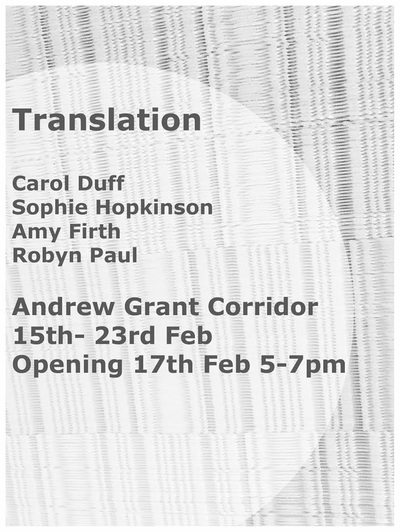


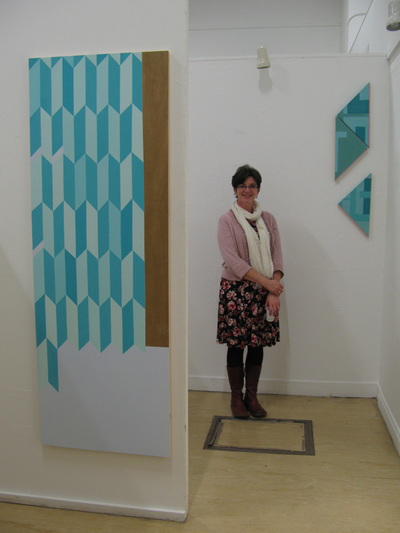







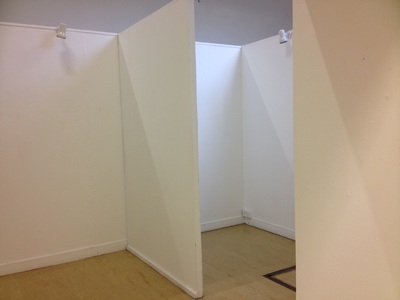


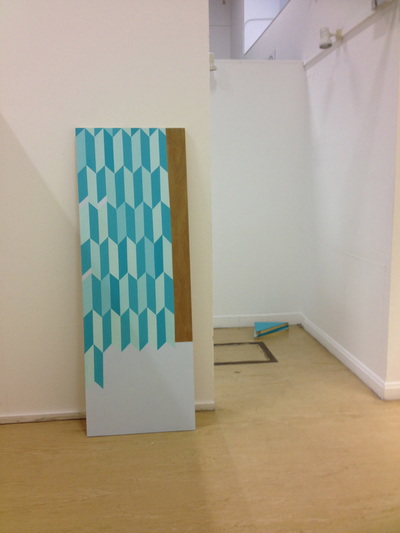





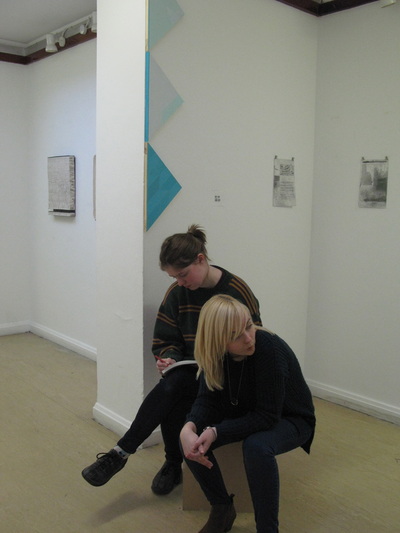
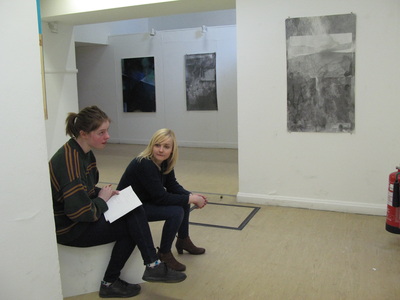





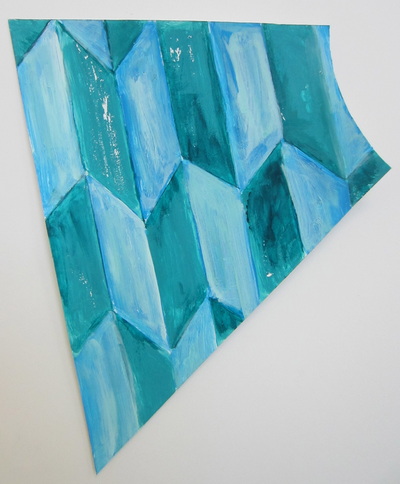











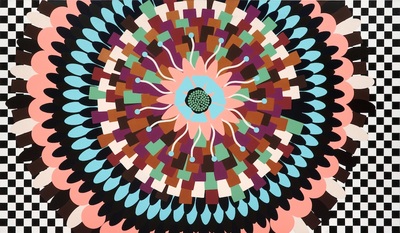















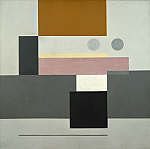
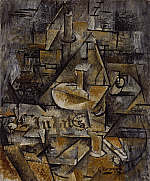


 RSS Feed
RSS Feed
